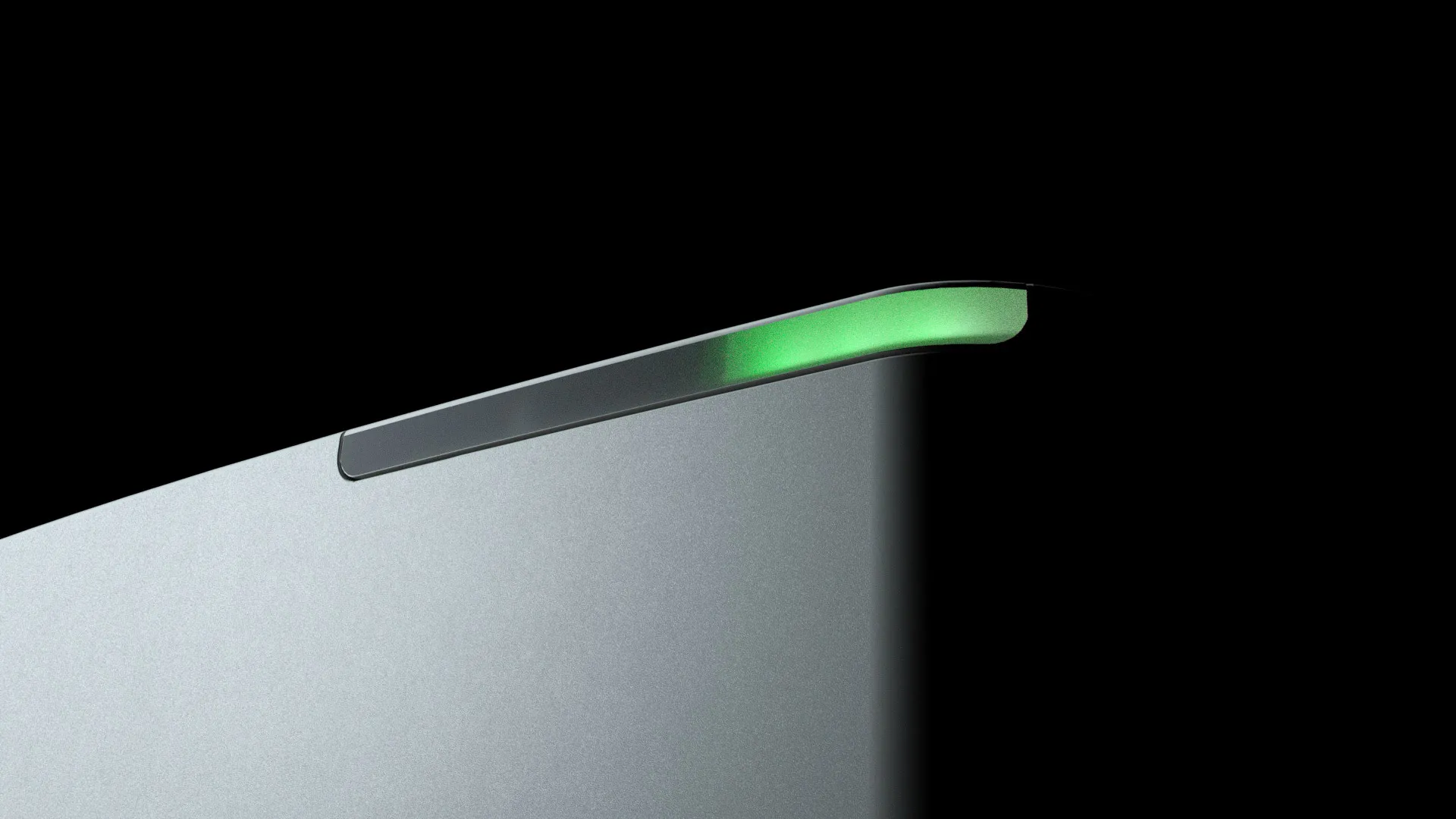
Monoclonal Antibody (mAb) Characterization with MMS
What Are Monoclonal Antibodies (mAbs)?
Since the mid 1980’s, over 100 monoclonal antibodies (mAbs) have been approved for use as biotherapeutic medicines. Typically found in the immune system as a defense against various antigens and sometimes “self”, the use of monoclonal antibodies as drug therapies has grown as scientist uncover novel therapeutic areas including treating immunologic diseases, reversing drug effects, and most recently as a treatment for COVID-19 positive patients. There is a manufacturing process requirement for batch- to- batch reproducibility of the antibody and their concomitant fragments along with a need to be specific in interacting with their targets. As a result, any change in structure affects the antibody-antigen interaction and lowers efficacy and safety for the recipient. Biosimilar mAbs are also of considerable interest and must be rigorously characterized to guarantee the similarity to the reference antibody and show similar clinical results. Therefore, it is critical to ensure homogeneity in the cell culture preparations and subsequent final formulations of the mAbs.
Why Structural Integrity Matters for mAbs
The folding and secondary structure of these complex molecules play significant roles in maintaining the specificity to the target epitope on the designated antigen. One defining secondary structural feature for antibodies is the ratio of alpha-helix and beta sheet structures. Any changes in this ratio or any other secondary structural characteristic must be identified to avoid decreasing the antigen specificity or inducing cytotoxicity.
How MMS Enhances mAb Structural Analysis
Subtle changes in structure have often proven difficult to detect but advances in IR technology developed by RedShiftBio have made the detection of low-level secondary structural changes a reality. RedShiftBio has commercialized the novel Aurora TX that utilizes a quantum cascade laser (QCL) and a microfluidic flow cell to provide secondary structural characterization of antibodies and their fragments via Microfluidic Modulation Spectroscopy (MMS). Combined with other orthogonal analytical characterization tools, this unique approach to IR spectroscopy provides confidence in the characterization of antibodies. The improved sensitivity provided by the QCL and real time background buffer subtraction powered by the MMS technology enable the ultrasensitive detection of the smallest changes in antibody structure or folding that serves to maintain specificity and reduce the potential for cytotoxicity.
RedShiftBio has worked extensively with mAbs and has proven that even in the presence of complex formulation buffers, secondary structural characterization using MMS is faster and more sensitive compared to traditional FTIR. Both mAb studies shown below demonstrate >98% similarity across the concentration series (Figure 1 and 2). Figure 1 also shows that we can easily quantitate the alpha-helix and beta-sheet higher order structure (HOS) due to non-overlapping secondary structure signals.

Further studies used the commercially available National Institute of Standards and Technology (NIST) reference molecule that is commonly used as a benchmark for analytical tools2. NIST mAb RM8671 was analyzed over a concentration range of 2 – 70 mg/mL and demonstrated high similarity across this range using the second derivative plot (Figure 2). Having the NIST mAb as a benchmark in MMS is massively important given the wide interest in mAb research.

Related Resources

